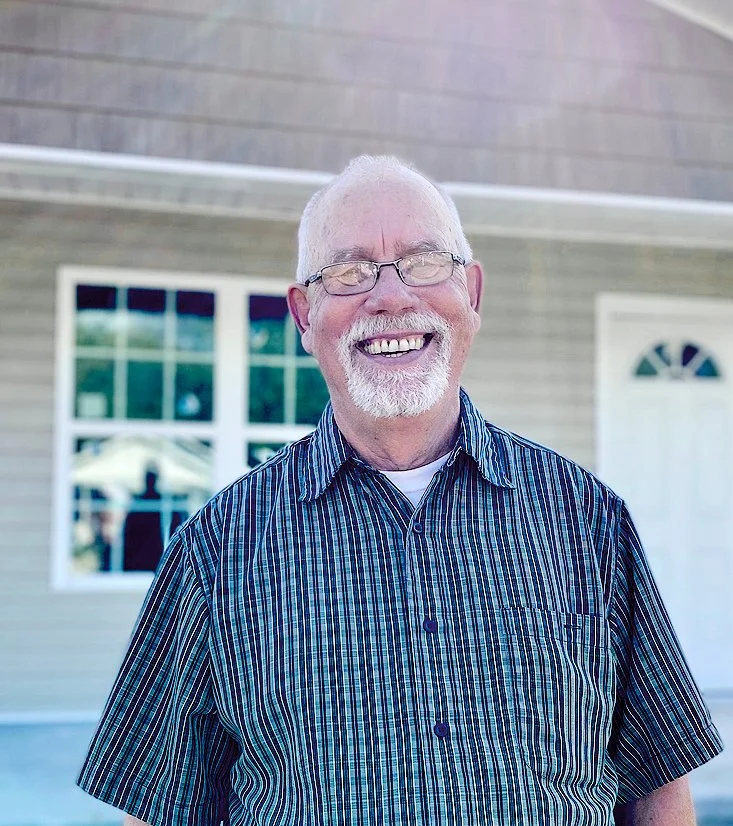By KAITLIN GEBBY
On April 1, 1977, Clive Rainey said yes to an opportunity that would forever change the landscape of affordable housing.
Rainey was the first volunteer of Habitat for Humanity, and was in Cleveland this week to offer his inspiring story to the local Habitat organization during its board retreat.
Rainey's connection to the nonprofit came from his friendship with the founders, Millard and Linda Fuller, who asked him if he would help out with their missions to build homes in Africa.
“I wasn’t ready to go,” Rainey said.
At age 30, he was a teacher in Georgia. His students were often from “very poor” circumstances, so he felt his job was to educate them for a chance at a better future.
“We have kids in school who couldn’t read their own names, and they were in the seventh and eighth grade,” Rainey said.
“One day a little girl said to me, ‘Why do we have to learn this old stuff anyway?’ And I said ‘Because if you have an education, you'll get a better life.’ And she came back at me and said, ‘Yeah, that's what they told my mama.’ So that evening I went to find the mama, and found them living in a shack with literally no doors or windows, no running water, no electricity and no hope.”
After that, he went back to the Fullers.
“I went back to Millard and said, ‘You win. I’d waste my life in classrooms like that unless I get to kids at an earlier stage.’ And I was in, that’s how it all began for me,” he said.
He started out doing odd jobs, “whatever needed to be done,” before heading to Africa for Habitat. He eventually oversaw the family selection committee and introduced the concept of “sweat equity” as a key component of Habitat’s program.
Over the next 35 years, he would be part of countless houses built for people in need. Habitat estimates 30 million people worldwide have been placed in a house built by Habitat for Humanity. Rainey said the organization especially gained steam when former President Jimmy Carter brought the organization into the national spotlight.
Though he didn’t return to the classroom, Rainey did one day see the lives of children improve through education while he was in Guatemala, where he lives now.
“I actually met three little boys on a build site who were going hungry,” Rainey said.
He learned they lived with their mom and “a huge family,” but their dad was no longer around to provide for them.
“I just stepped in and started helping the family. And I lived there for 10 years and saw those boys grow. And yes, I've had a lot of influence on their lives,” he said.
As the very first volunteer for the nonprofit, standing in the yard of one of the dozens of homes in a neighborhood established by Habitat for Humanity, Rainey said he is now seeing what stable housing has afforded generations of families.
“I sat with one of these older friends just last week in her kitchen, and her young grandson walked in. Bright-faced, happy and seeing so far beyond anything that I or his grandmother could have imagined. You can see the future in his eyes. That’s what it's done for me. The ability to see the future, and to believe in it.”
Though Rainey has been part of countless Habitat builds, he said the job is never done. He said there are so many factors that continue to change the hurdles in the housing problem in the United States and around the world, but he said housing is the answer to crime, education, “and should be number one on our country’s agenda.”
“Until we have everybody in this country, and frankly around the world, decently housed, our work will not be done.”


